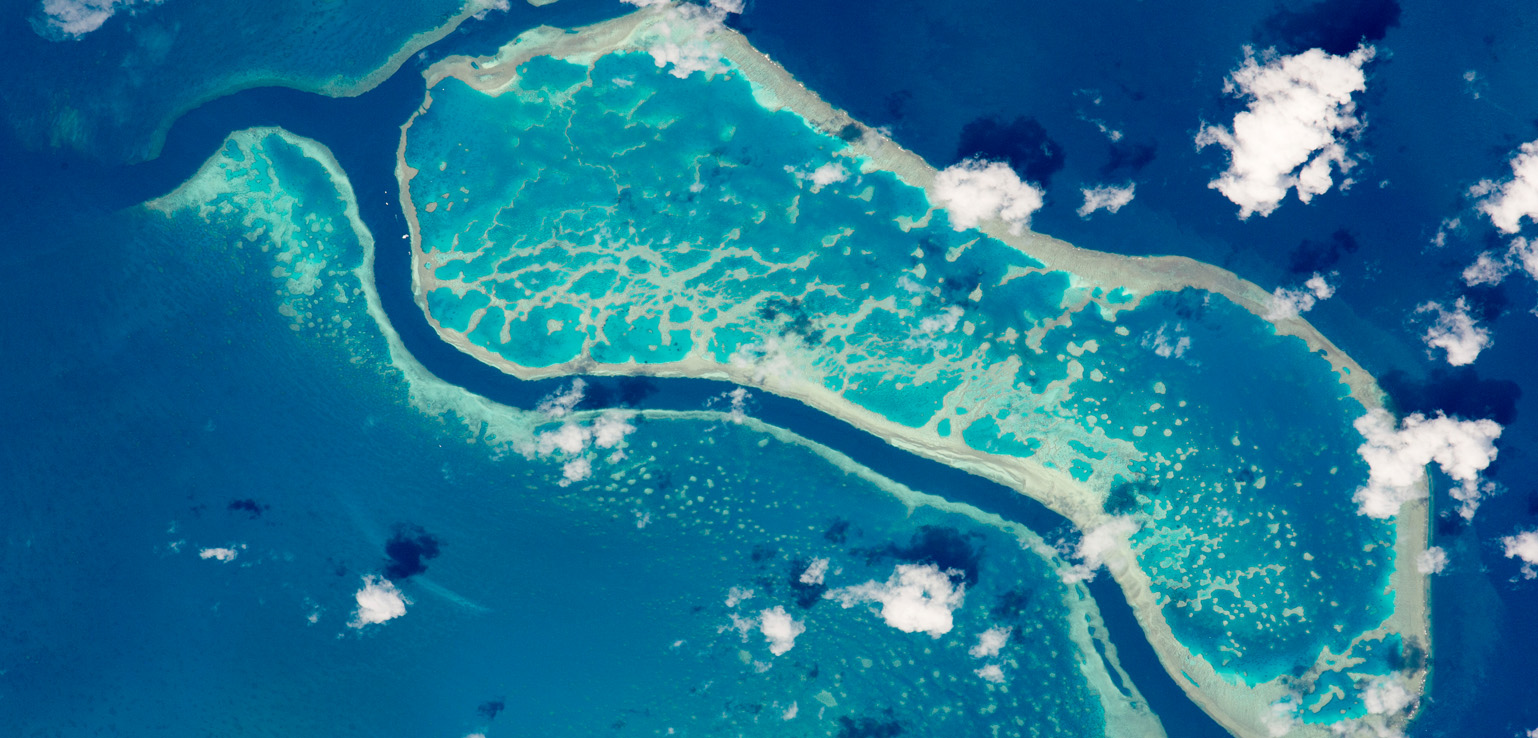“Asteroid Surfaces – Geology And Milli-g Dynamics”
Summary
High-resolution imagery of asteroid surfaces by spacecraft and with ground-based radar make them a valuable and heretofore unparalleled laboratory for the study of impact ejecta re-accretion and regolith redistribution on low-gravity objects. Regolith is produced on asteroids by impact cratering; the existence of regolith on small bodies suggests that at least some impact ejecta is retained. Determining the extent to which small body regoliths are generated and redistributed and understanding their properties and unique milli-g morphologies is pivotal to relating meteoritical samples to their asteroidal parent bodies and preparing for exploration operations on these objects. I will describe how crater ejecta launched from the surface of small, rapidly-rotating, and high-elongated and irregularly-shaped bodies are subjected to a complex dynamical process, why detailed dynamical modeling of the deposition of ejecta from those craters is required in order to fully interpret the suite of spacecraft observations of regolith features, and report on recent progress in laboratory experiments with cohesive powders as simulants of regoliths on the milli- and microgravity surfaces of small asteroids.
The presentation can be seen here.
View Presentation
